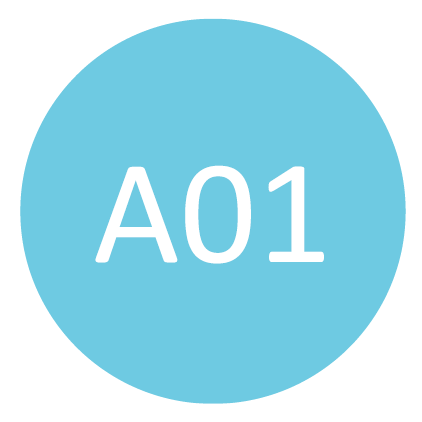Disclosure

Understanding and improving disclosure
To use disclosure as an effective tool, it is important to understand how voluntary and mandatory disclosure work – and how and why they are used. Under what circumstances does the disclosure of information lead to greater transparency? What are the costs of mandatory disclosure? Why do disclosure requirements differ from country to country? And what are their effects and side effects?

How and why does mandatory financial disclosure vary across countries and over time?
Financial disclosures are subject to diverse regulatory regimes, which differ considerably across countries. While listed companies in the United States are subject to strict disclosure regulation, private companies are largely unregulated in this regard and do not have to make their financial statements publicly available. In contrast, the regulatory menus tend to be less diverse in many other countries. In Europe, for example, most companies with limited liability have to publish their financial statements on electronic filing platforms regardless of their listing status. The project A01 “Determinants of Mandatory Disclosure” analyzes how mandatory financial disclosure varies across countries and over time, and what determines this variation.

Ulf Brüggemann explains what the project A01 is all about.

Is mandatory disclosure always the best strategy?
Existing research investigates this question by analyzing the introduction of electronic business registers in the EU and their influence on market dynamics like M&A activities. While improved accessibility of financial statements promotes transparency, it also poses costs and risks, potentially devaluing proprietary information. One often overlooked aspect is the impact of these electronic business registers on country-level (private) firm transparency. To address this, project B02 “Transparency in Private Firms” developed a metric to quantify (private) firm transparency on a country-year basis, aiding the assessment of the effects of register introduction. Through detailed data collection on the implementation of the EU mandate across member states, the researchers aim to enhance the precision and robustness of research designs within the scientific community.

Bianca Beyer explains what the project B02 is all about.

More standardization, more transparency?
It is crucial for the transparency of companies that the information disclosed is clear and unambiguous. Standardization may help to meet this requirement: standardized information is easier to process and reduces the information processing costs. Project A08 “Standardization of Financial and Nonfinancial Information” therefore investigates the determinants and effects of standardized corporate information. What are the benefits and costs of increased standardization? Does more standardization always lead to more transparency? How does standardization affect users’ perception of transparency? And how do stakeholder incentives and regulatory interventions affect the standardization of reporting data?

Optimal disclosure strategies for companies and organizations?
The project A06 “Context-Based Disclosure Incentives” develops theories about the disclosure behavior of firms and other organizations in different contexts. These theories serve as a basis for empirical hypotheses and can therefore provide important insights for regulatory action. They help to understand under what circumstances which disclosure strategies or policies would be optimal for organizations.
The researchers pay particular attention to non-profit organizations (NPOs), which are of great societal and economic importance and – due to few reporting requirements – rely mainly on voluntary disclosures as a means of communicating with their stakeholders. NPOs voluntarily disclose information to influence the beliefs of donors. They determine the amount of disclosed information, its accuracy, and clarity; the potential donor decodes the received signal in light of their prior knowledge. Their communication is affected by contextual variables such as regulation, the socio-economic environment and situational factors, all of which interact in complex ways.

Michael Ebert explains what the project A06 is all about.

Duchsetzung von Offenlegungsvorschriften
Without sufficient enforcement, disclosure regulations are often seen as inconsequential. However, enforcement can have unintended effects on companies’ incentives to disclose information voluntarily. Project A06 “Context-Based Disclosure Incentives” has therefore developed a model to analyze the impact of enforcement on companies’ mandatory and voluntary disclosure behavior. Their recent study shows: Stronger enforcement does indeed increase the number of companies complying with the regulation. However, it also crowds out voluntary disclosure, leading to a decrease in overall transparency. Nevertheless, stronger enforcement of disclosure requirements leads to positive capital market effects, such as lower mispricing of companies.



